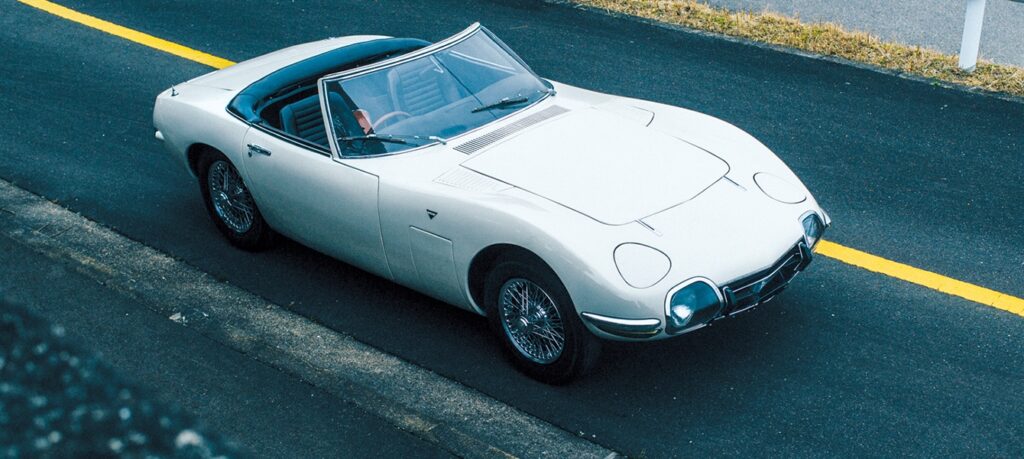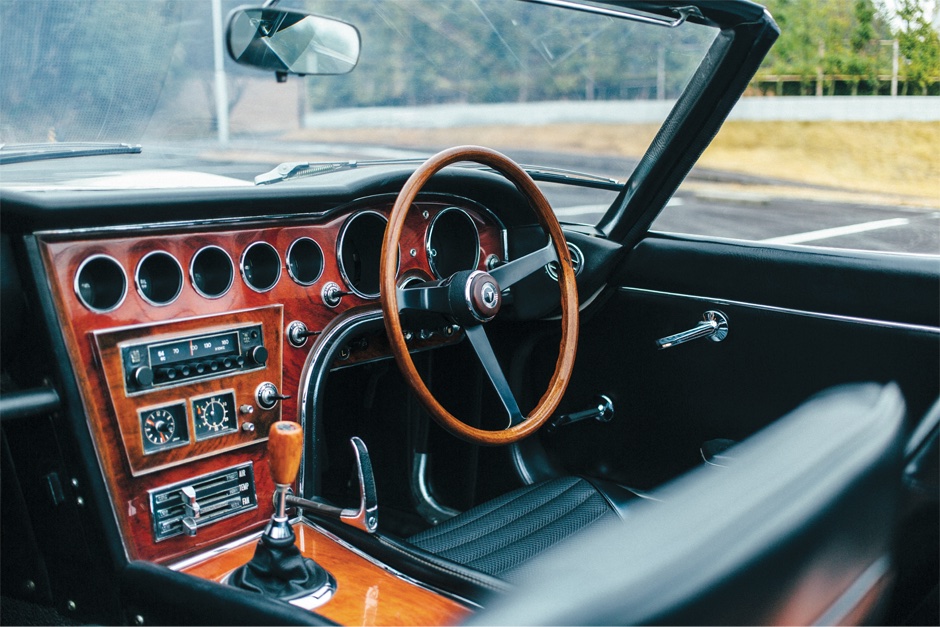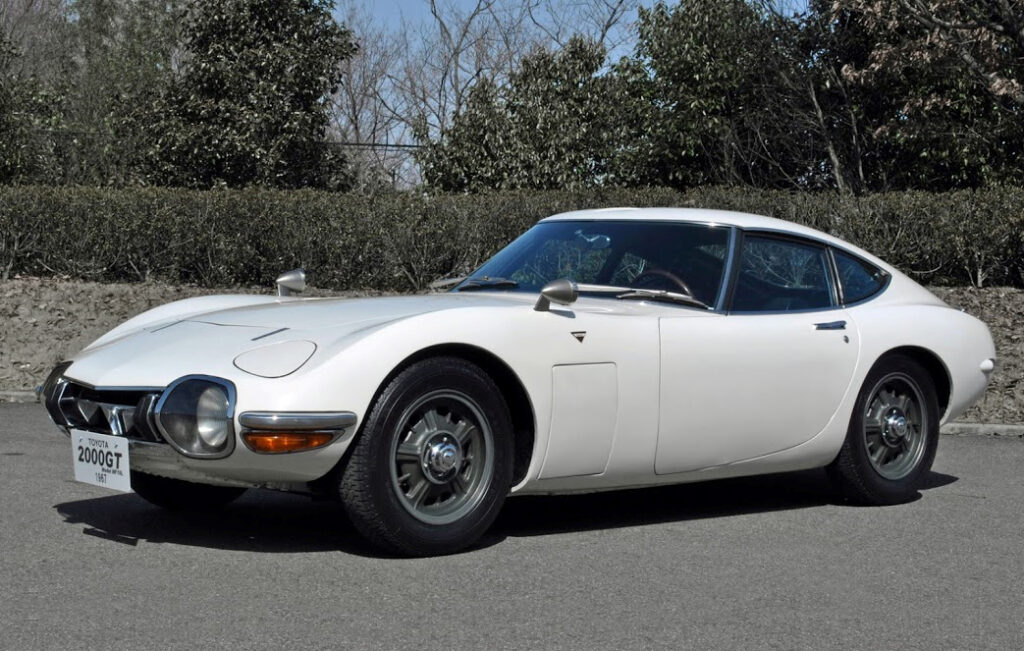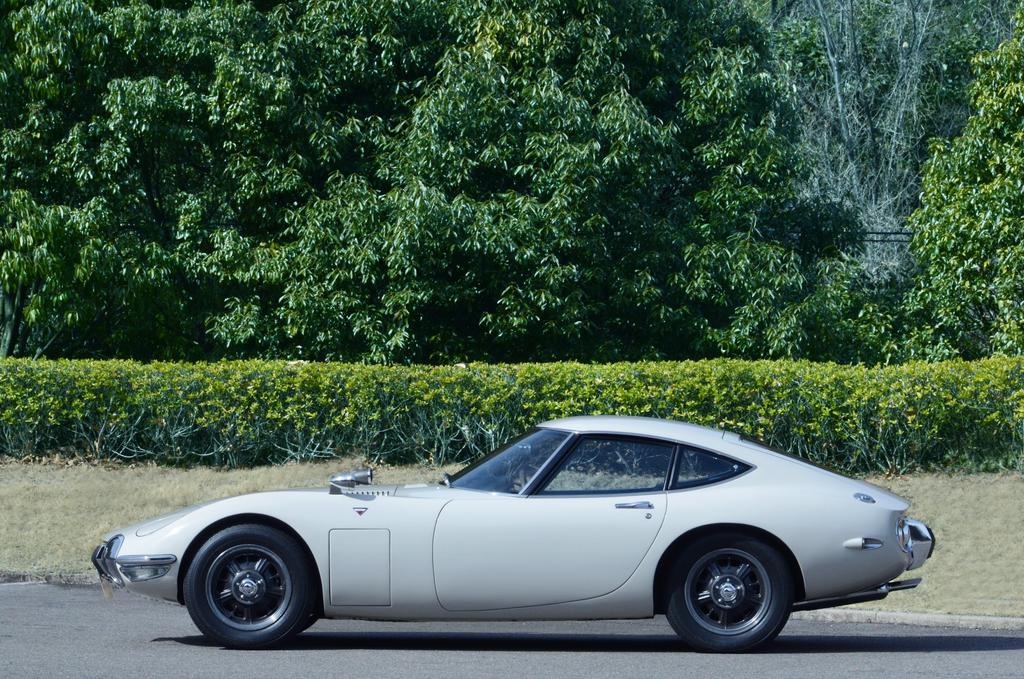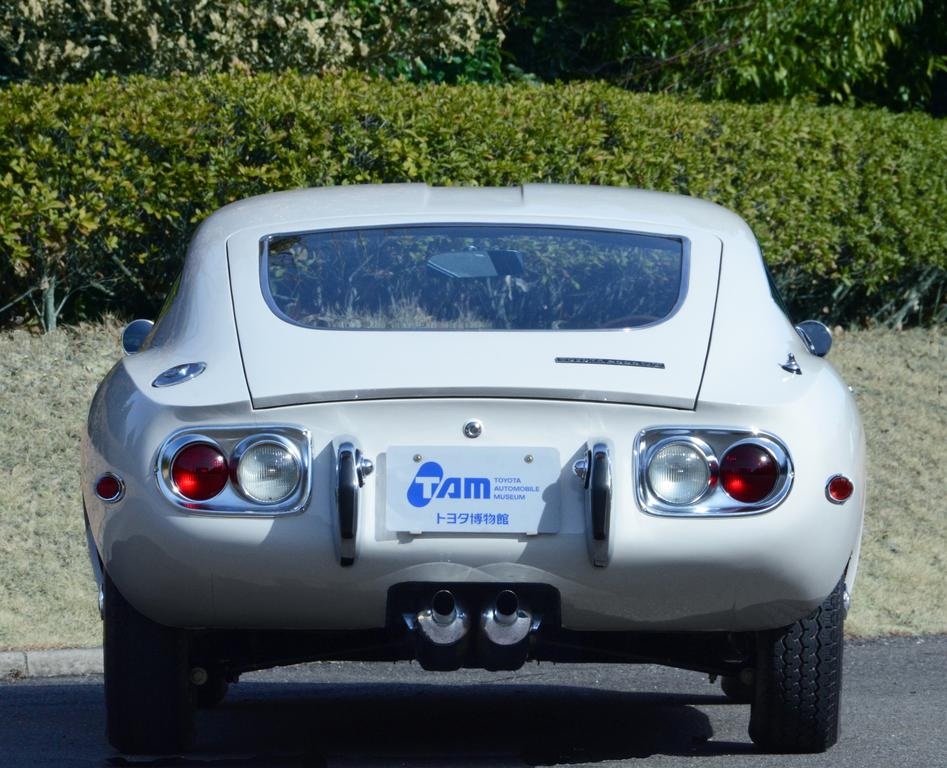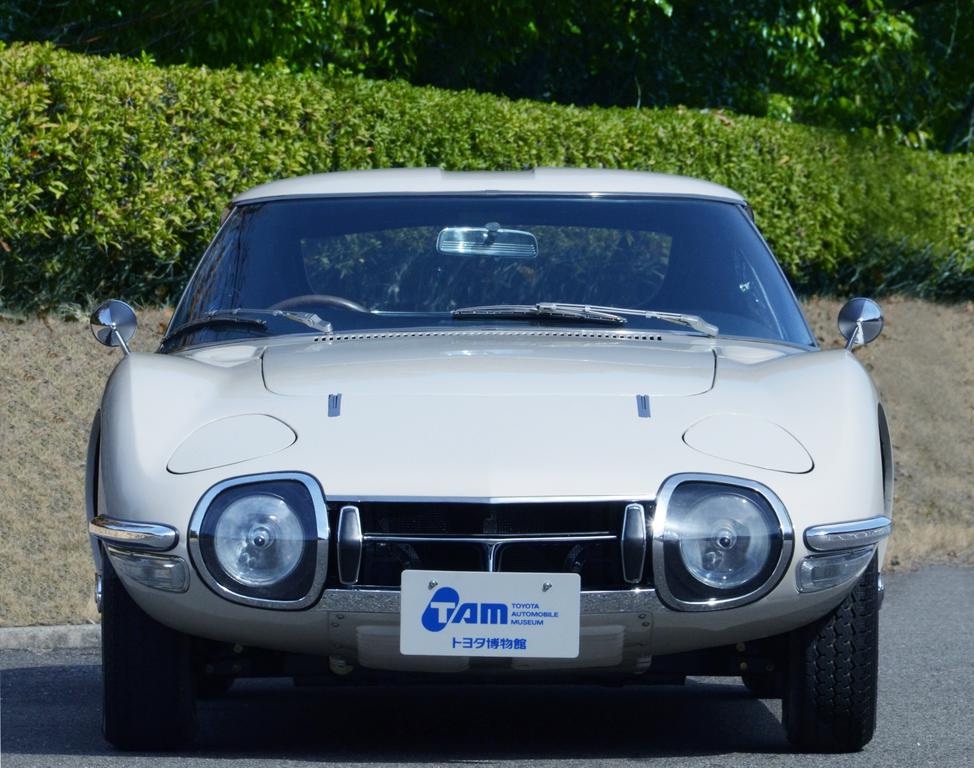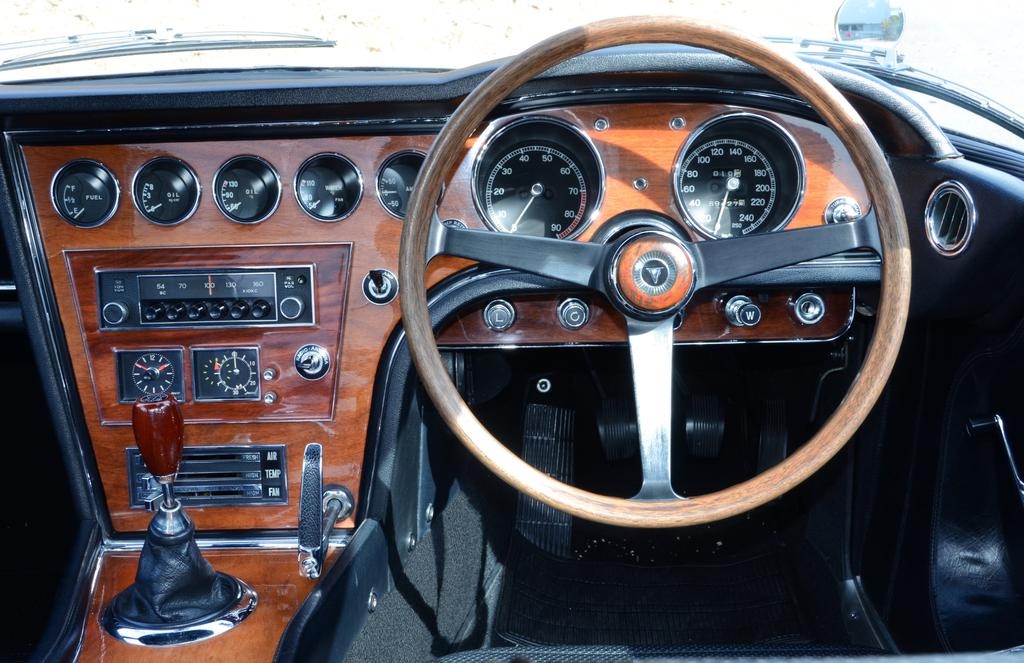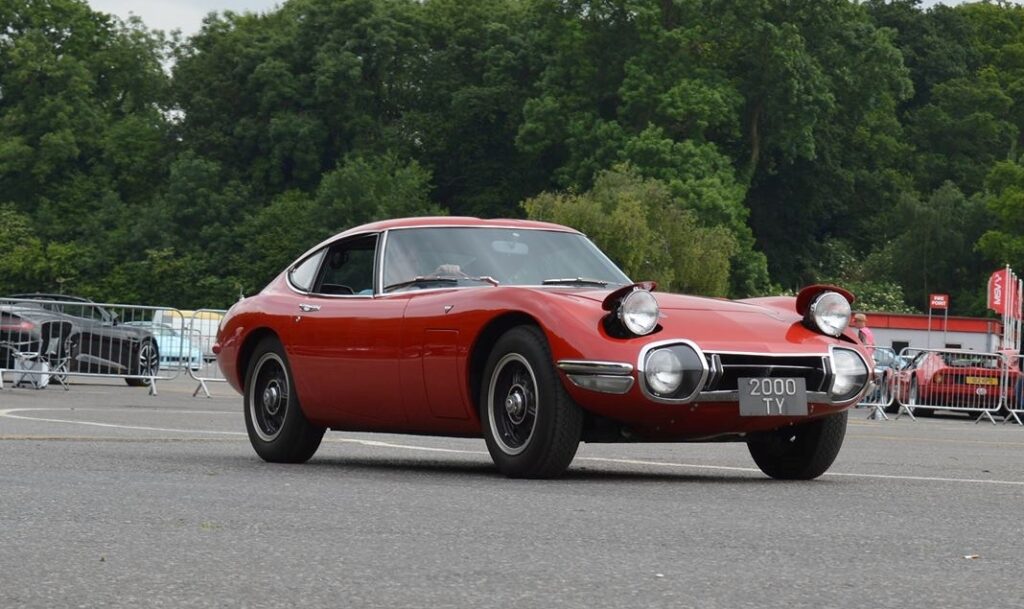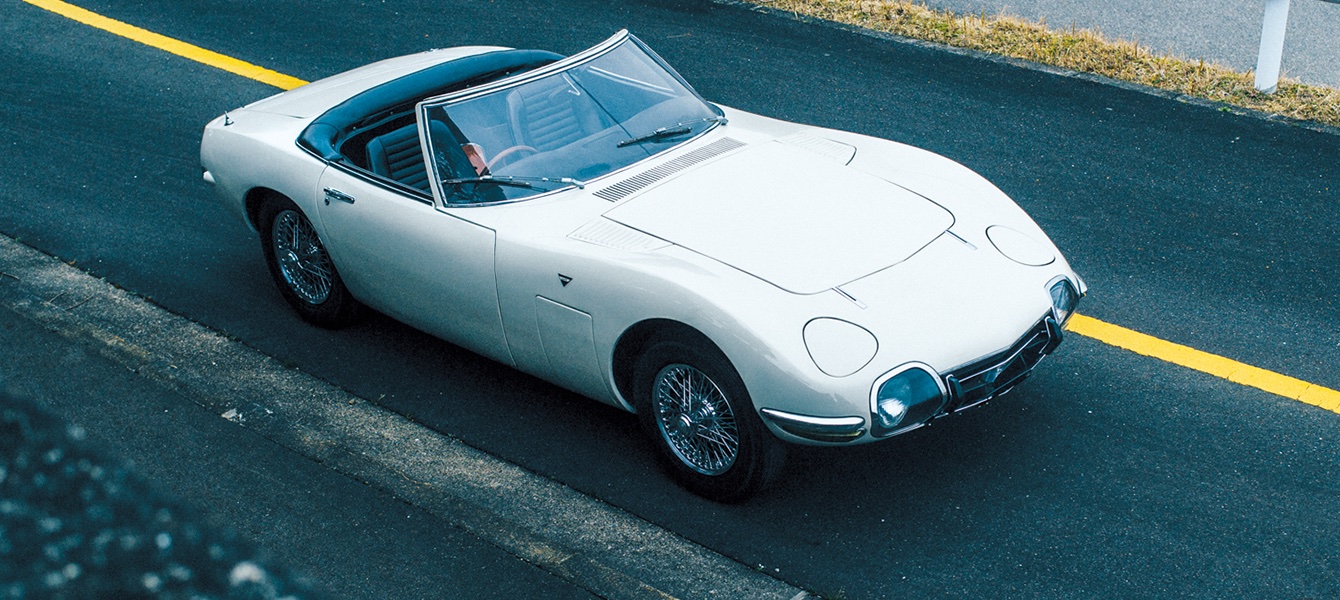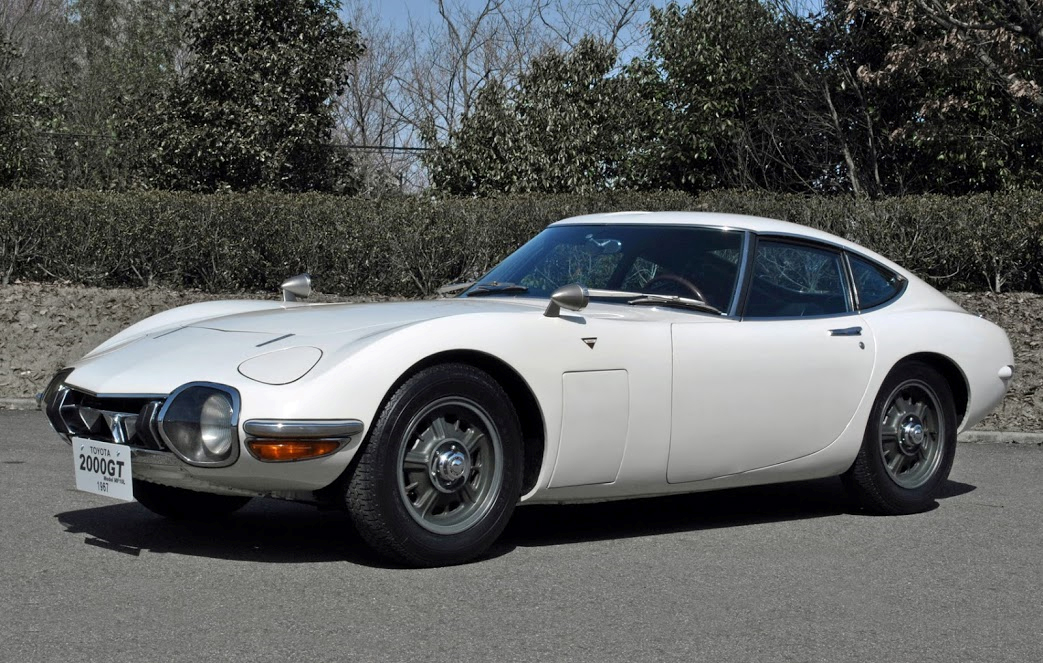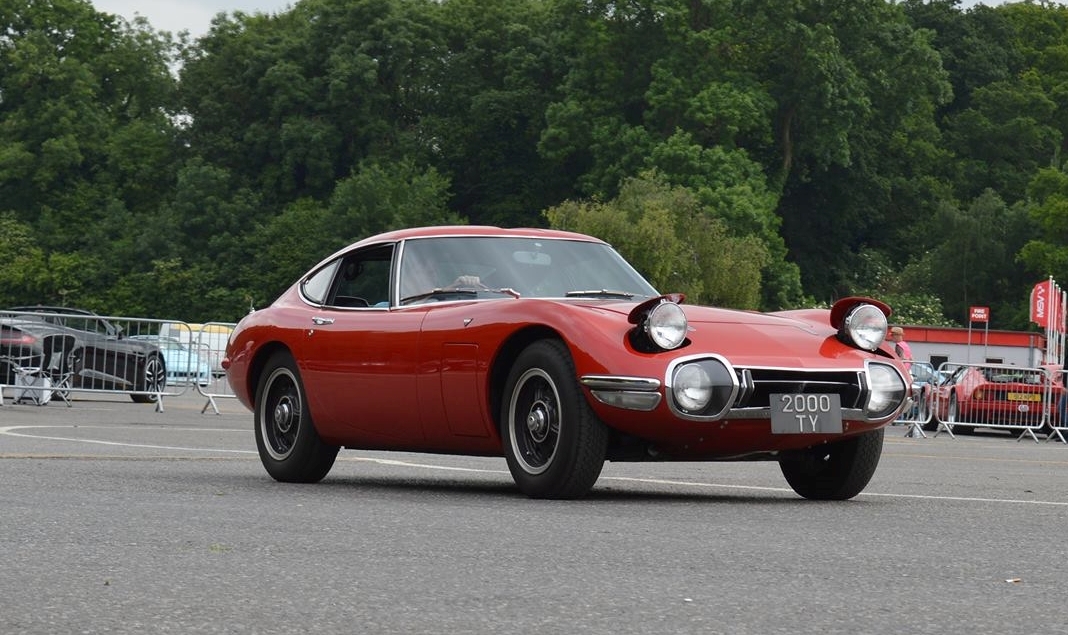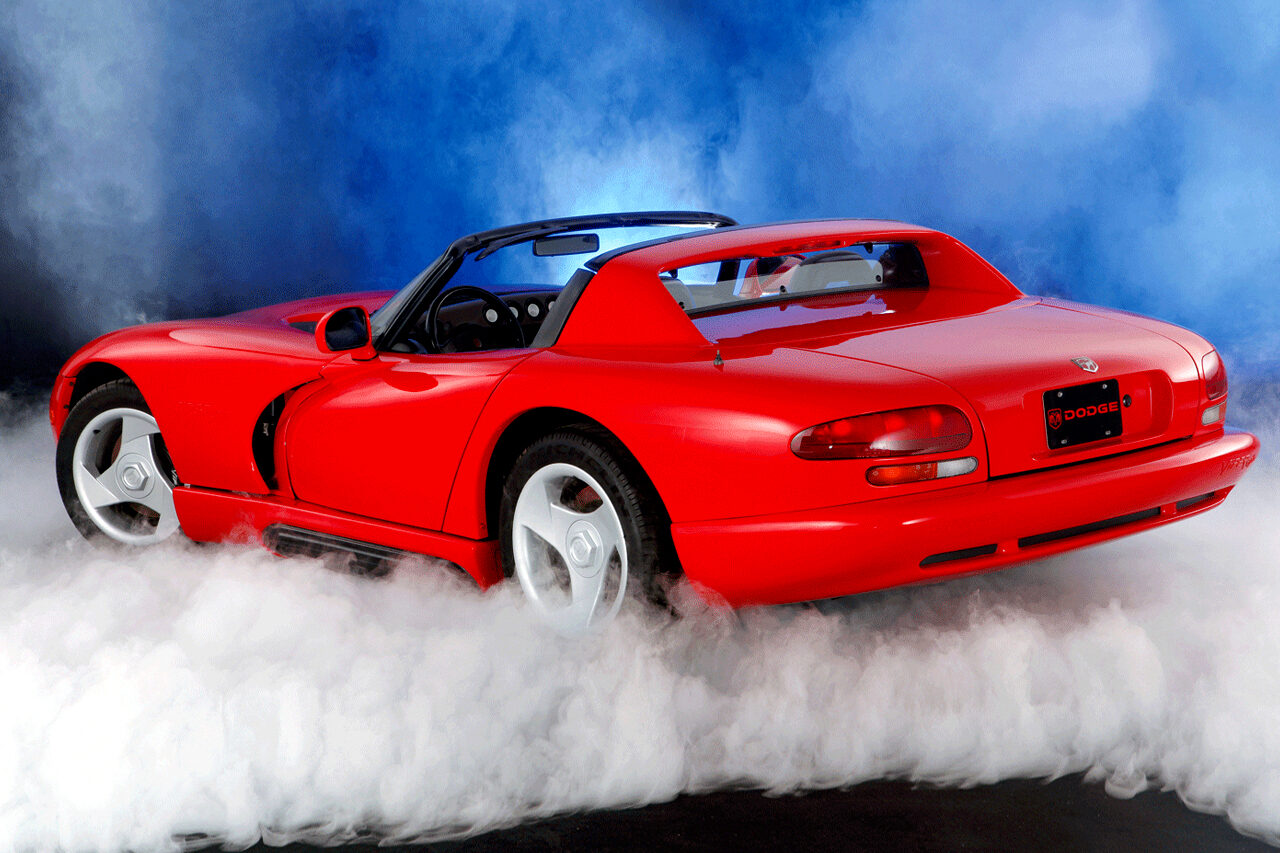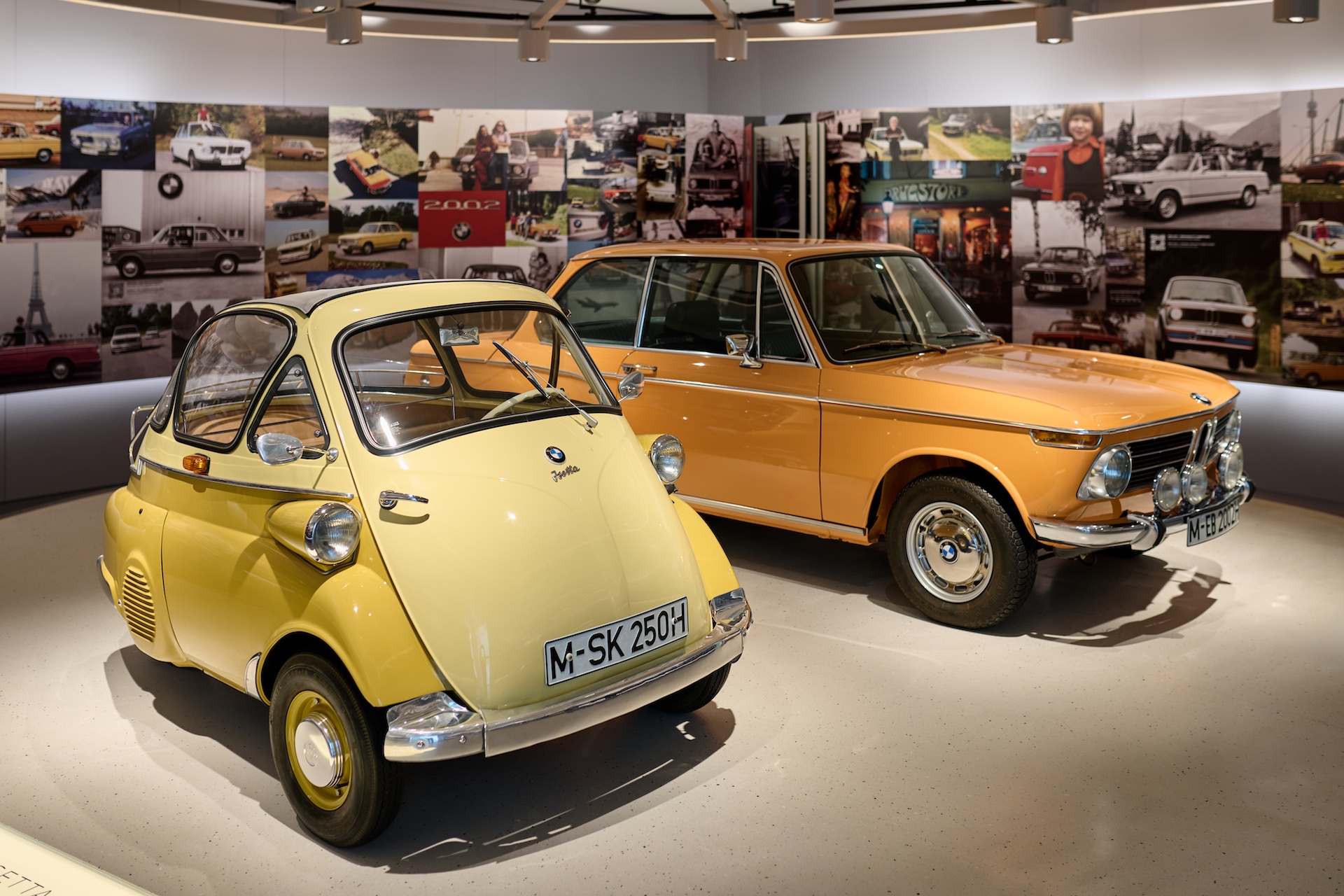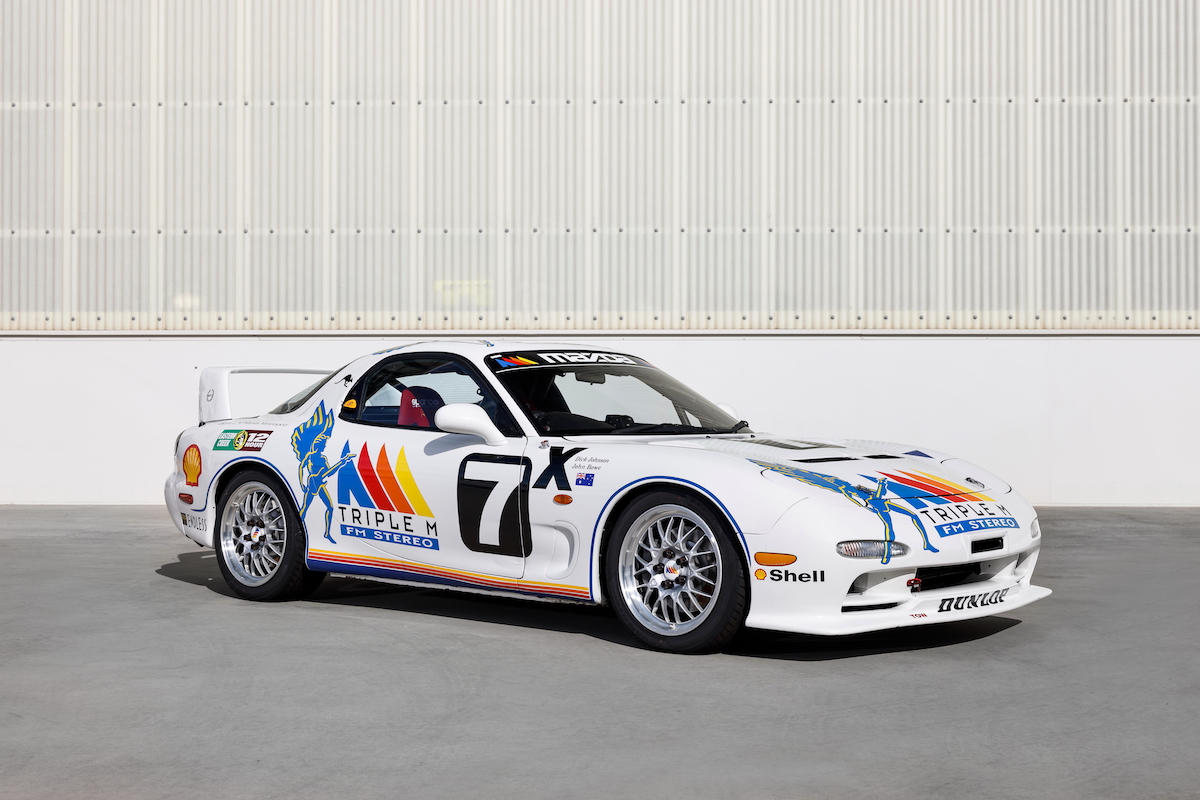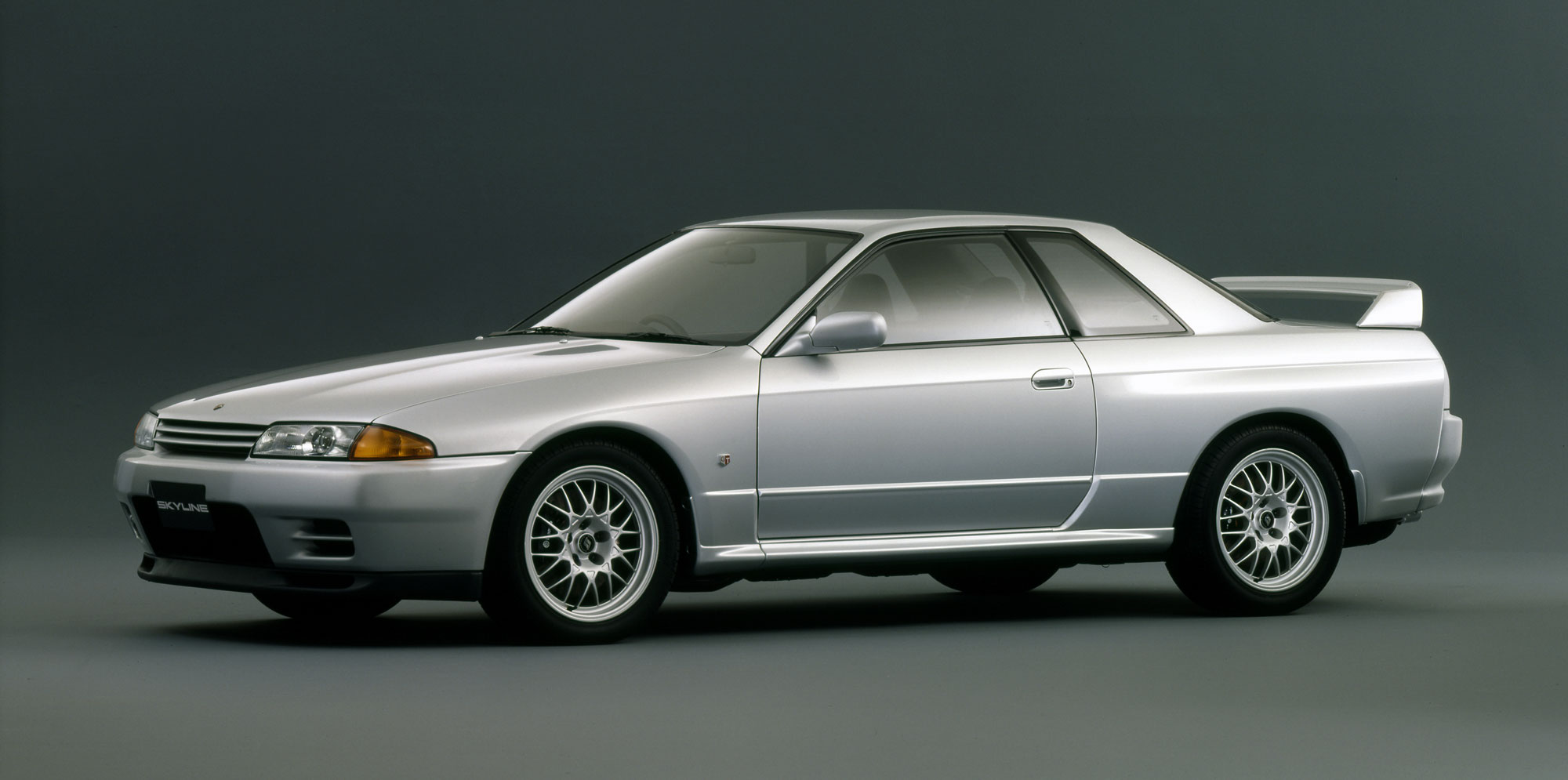Designed to compete with European sports cars and prove that Japan could produce a high-performance vehicle of equal or greater quality, the 2000GT of 1969 remains one of Toyota, and the world’s most iconic models.
In 1965, Toyota was a company on the brink of greatness. Its existing cars were conservative but competent and being readied for release were new designs that would bring dominance in the small and medium car markets.
The Japanese car maker was not perceived, though, as a particularly stylish or technologically advanced. It needed something dramatic to lift it above Honda with its Formula One racing pedigree, and Nissan with its slinky Datsun Fairlady 1500 roadster and limited-production Datsun Silvia 1600 Coupe.
That something arrived at the 1965 Tokyo Motor Show where visitors to the Toyota stand were shocked to see a stunning new coupe revolving slowly under floodlights.
The car was the work of a small, elite team, selected by Toyota to lead the project codenamed “280A” to develop a world-class “gran turismo”, or GT car.
Unlike the car maker’s normal projects, the car dubbed 2000GT was the result of a skunkworks team led by Jiro Kono as project leader, with Satoru Nozaki heading the design, Hidetaka Takagi the engine, and Shinichi Yamazaki the chassis.

The spectacular 2000GT with its E-Type inspired shape was initially developed by Yamaha in conjunction with Nissan, but that attempt went nowhere and instead the concept for a Japanese GT with Yamaha’s twin overhead camshaft, crossflow cylinder head was adopted by Toyota.
Coincidentally, when working with Nissan, Yamaha designers did create a car which would eventually surface as the Datsun 240Z, however, shaping of the 2000GT was largely the work of Toyota’s in-house stylists.
The structure for the car was already well advanced when Toyota’s core staff were moved to Yamaha for the project, with engineers basing their design on the simple but effective backbone chassis used by Lotus for its Elan.
Also like the Elan the 2000GT featured double wishbone suspension at either end plus all-wheel disc brakes, but its elegant body was made from aluminium, not the fibreglass preferred by Lotus.
The steering was rack and pinion, and the 2.0-litre inline six-cylinder engine was a Yamaha-inspired DOHC version of the M-type engine used in the Toyota Crown. The more sophisticated valve-train liberating 150hp (110kW) at a heady 6600rpm, which doesn’t seem much by today’s standards but was about 100hp more than a typical passenger car of the time.
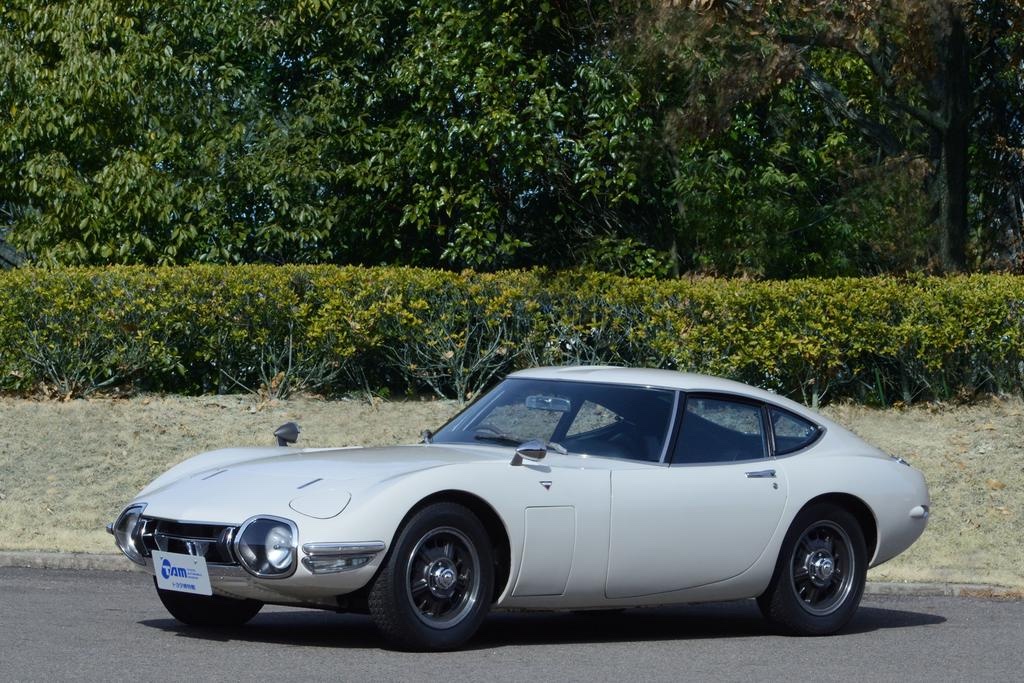
Toyota adopted another Lotus design feature by hiding the main-beam headlights beneath aerodynamic covers, and followed Jaguar’s E-Type in providing a luggage platform with access via a hinged hatch.
With speed unimaginable in a normal Toyota project, the first prototype was completed in August 1965, with the second prototype being the Tokyo Motor Show car displayed in October. They then set about further refining the car’s performance with a view to a May 1967 release date.
Speed Records and Motorsport Success
To prove to the world that it had indeed created a world-class GT car, Toyota needed a track record to showcase the 2000GT’s performance capabilities.
To do this, speed trials were conducted for three days starting on October 1, 1966, targeting speed runs over six, 12, 24, 48, and 72 hours of driving, and average speeds over running distances of 1000, 5000, and 10,000 miles. The 200GT’s bona fides were verified by three new world records and 13 international records in the 1500 to 2000cc E class.
That same year the 2000GT was entered in a 1000km endurance race at Japan’s famed Suzuka circuit where it claimed its first motorsport victory, followed in 1967 by victories at the Fuji 24 Hour race and Fuji 1000.
Keen to spread awareness of the brand’s sporting prowess throughout North America, Toyota engaged Shelby Racing to prepare three examples of the 2000GT to contest Category C Production events promoted by the Sports Car Club of America.
These cars had engines with triple Weber carburetors and produced a more robust 150kW and had a top speed of 250km/h, making them competitive against the 2.0-litre Porsche 911s and Datsun Fairlady 2000 Sports Roadsters, but Toyota finished the 1968 SCCA series behind Porsche and the race program was abandoned.
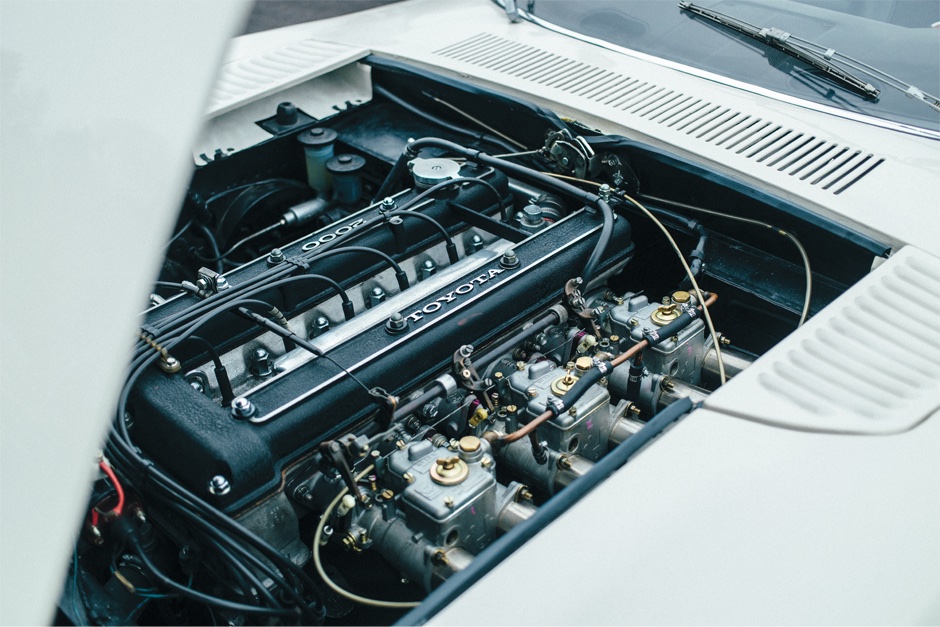
The Australian Connection
Local magazine Modern Motor was given access to a 2000GT during the car’s time on display at Bill Buckle Autos, a pioneering Toyota dealership located at Brookvale in suburban Sydney.
The 2000GT was one of six supplied initially to Australia from a total production of just 337 coupes built between 1967 and 1970.
Tested – with great caution, no doubt – by the magazine’s technical editor Barry Cooke, the tiny Toyota would have turned plenty of heads as it zipped through Sydney’s northern suburbs and onto the fabled Wakehurst Parkway for photography plus an all-too-brief exploration of its performance.
Quoting from Cooke’s analysis of the car’s design: “All the pictures in the world will never prepare you for a first glimpse of a Toyota 2000GT.”
Measuring 4175mm long, 1600mm wide, and riding on a 2330mm wheelbase, the 200GT was just 1160mm high, fully 60mm lower than an E-Type Jaguar coupe. Cooke, who wasn’t a giant, reported that the combination of backbone chassis and low door sills made entry and exit relatively easy.

Once inside, the wide console and low-set steering wheel didn’t leave a lot of space for broad shouldered occupants and headroom wasn’t brilliant either.
MM’s local review didn’t include performance testing, so for that data and impressions of the GT’s road behaviour we turn to a period copy of the US Road & Track magazine, which in June 1967 reviewed an early build GT prior to the model’s launch Stateside.
The American test drivers loved the feel and cornering abilities of the car, confirming that Toyota’s chassis engineers had the balance ‘just right,’ an assessment noted as being ‘hardly surprising’ given the connection to sweet-handling Lotus Elan.
Down at the test strip where skinny Dunlop radials offered minimal resistance to wheelspin, the five-speed Toyota accelerated to 60mph (97km/h) in exactly 10 seconds and ran the standing quarter mile (400m) in 16.6.
Top speed at 5800rpm in fifth – 200rpm short of the redline – was 207km/h and while those figures weren’t going to upset a 4.2-litre E-Type they were excellent for a 2.0-litre coupe weighing 1140kg.
The Bond Connection
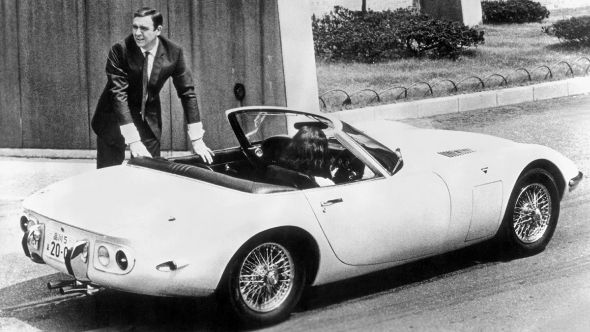
How do you squeeze a 188cm Scotsman through the door aperture of a coupe so low it barely reaches his waist? If you’re a smart car company that wants your boutique model to star in the next James Bond epic, you don’t. Instead, you cut the roof off and create an enduring tribute to cinematographic expedience.
You Only Live Twice was the fifth film in the 007 series to star lanky Scot Sean Connery and the first to be set in Japan. The producers wanted to use Toyota’s evocative 2000GT as the film’s star car, but Connery struggled to fit into the snug cab.
With ruthless efficiency, Toyota solved the problem by slicing the tops off two of its scarce GT coupes, completing the conversions within days to not delay the film’s production.
Bond cars need gadgets to emulate the iconic Aston Martin DB5 from Goldfinger, but very little could be feasibly fitted to the tiny Toyota, which ended up with just a car phone and dash-mounted video screen.
“Not good enough,” said die-cast model-maker Mettoy which owned Corgi Toys and a year earlier had produced an award-winning tribute to the Goldfinger Aston-Martin DB5, with machine guns and a working ejector seat.
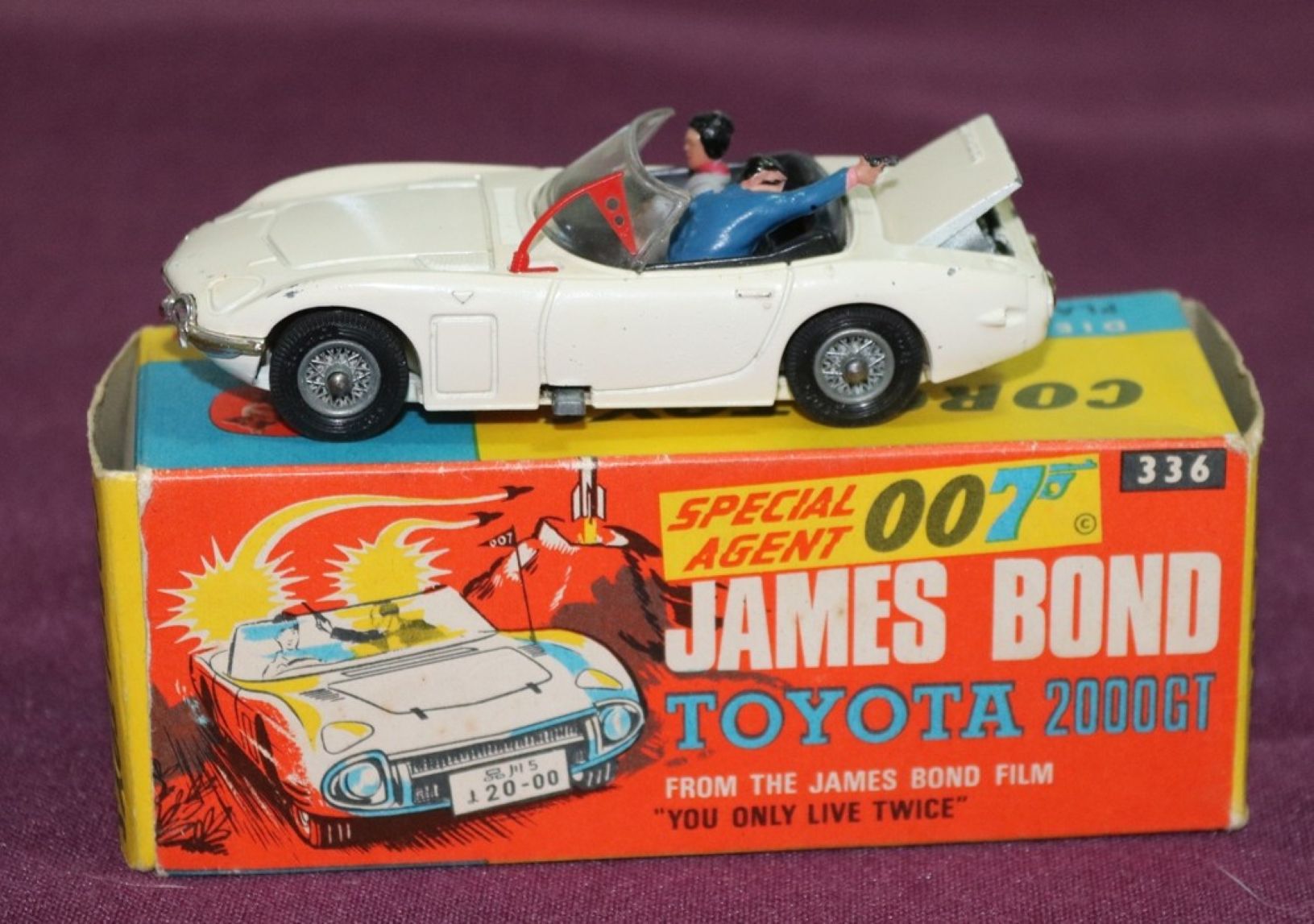
In 1967, to capitalise on the new Bond film’s release, Mettoy engineers created a Corgi version of the 007 Toyota, complete with rocket launcher in the boot and a hidden mechanism that allowed projectiles – supplied with the toys – to be fired across the room. Ophthalmologists reported brisk business that year.
Although unable to match the Goldfinger DB5 which had sold more than four million units, Corgi’s Toyota 2000GT still managed over 700,000 sales and created another collectible for 007 enthusiasts to covet.
How the Celica Helped Kill and Icon
Toyota’s decision to cease production of the 2000GT in 1970, after only three years and 337 sales, was more likely due to pragmatism than economics. The cars were almost handmade, with monthly production of up to 14, and sometimes less than 10.
It was unlikely that Toyota ever expected to make money from 2000GT sales, and probably lost considerably on each car, but profit wasn’t the objective. The GT was intended to position Toyota as an automotive innovator and did that with spectacular ease.
Cost even at low production volumes was still a factor, with reports during the GT’s production life of pressures to replace the costly twin-cam cylinder head with a single-cam unit from the Crown.
Finally, there was the question of vicarious US safety regulations and the ability of low volume cars 2000GT to comply without incurring seriously increased production costs.
Eventually in 1970, with production of the conservative and ultimately very successful Celica imminent, the end came for the 2000GT. Its demise left 300 or so lucky owners with a very special car and enthusiasts with a design that after 60 years remains utterly stunning from any angle.
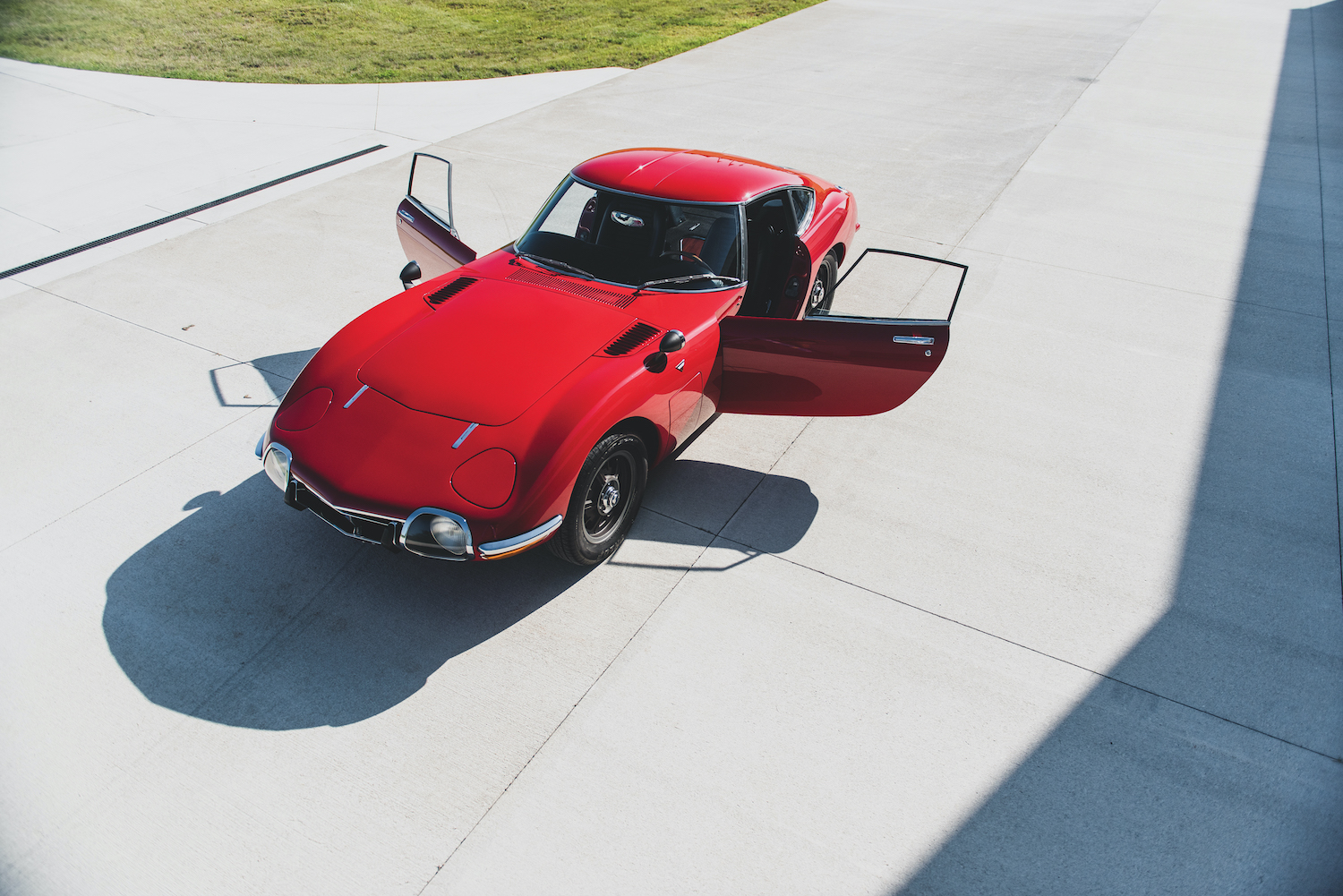
The Money They Make
Toyota Australia’s 1969 list price for the 2000GT was $9415, meaning the low-slung Toyota was no bargain versus the like of contemporaries including the Porsche 911S ($10,438) and Jaguar E-Type coupe ($7794).
Despite this, at least six and as many as nine 2000GTs are thought to have come to Australia when new. Of these, just one is believed to remain here.
In 2020 it was announced that this car, suffering chassis rust and missing its twin-cam engine, was being restored on behalf of a major Australian automotive group with connections to Toyota.
Subsequent photographs from 2023 showed the body restored and painted sitting alongside a reconstructed engine, but nothing since to confirm completion.
Other Australian-delivered 2000GTs have appeared for sale or auction at various time during the 1980s-90s, achieving prices between $60,000 and $400,000.
Internationally, the benchmark for many years was the US$1.15 million achieved in 2013, but that was blown away in 2022 by a Shelby-modified car which achieved a US$2.53 million sale price at Gooding Christies’ Amelia Island auction. It remains a world record for the sale of a Japanese car.
The activity spurred other owners into action, with several 2000GTs being offered during 2022-23 and an exceptional car at Bonhams Goodwood Revival Sale reaching a heady £799,000 (around A$1.6 million).
North American tracking site Classic.com shows just one 2000GT currently available; a red RHD car built to Japanese spec being sold by a dealer at US$1,249,000.
The Toyota Museum Connection

The Toyota Automobile Museum in Nagakute, Aichi Prefecture, near Nagoya, currently has five 2000GTs among its 140 vehicles on permanent display, with a total collection of over 400 historic vehicles in its storehouse.
Toyota 2000GT “Speed Trial” 1966 (Replica)
The actual trial cars were subsequently used in various tests and later scrapped so none remain. This car, is one of three that were taken to the United States for races by the Sports Car Club of America, was returned to Japan and was rebuilt to speed trial specifications. The front area and the fenders differ a bit from the original one.
Toyota 2000GT “Bond Car” 1966
One of the two vehicles prepared for filming; it was later used for sales promotion in the United States and subsequently discovered by a Toyota employee and brought back to Japan from Hawaii. Many original parts had been rebuilt for shooting, including the rear trunk area and the cut rooftop. The interior has been restored to the condition of a factory production vehicle.
Toyota 2000GT Model MF10L, 1967 Early Model, LHD
An early left-hand drive model that was sold and later reacquired by Toyota. The interior boasts luxury specifications including a wooden steering wheel made by Yamaha.
Toyota 2000GT Model MF10, 1969 Late Model
A late model with minor changes made in August 1969. The seats have headrests, there is a cooler, and some specification changes over the earlier car. Comparing details of the early model and late model reveals that the auxiliary headlights were made smaller and the characteristic “face” was changed. The vehicle height was also increased by 10mm.




